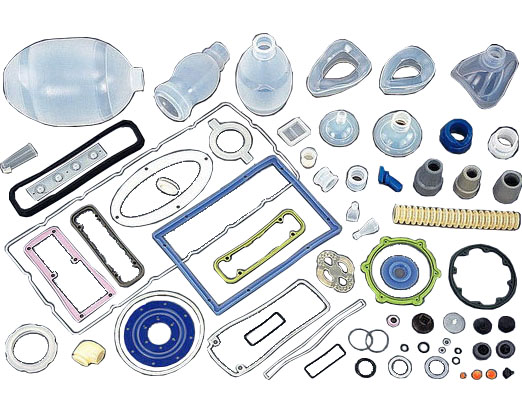


Copolymers of butadiene and acrylonitrile are known by several generic names, Buna N, Nitrile Rubber and NBR. The acrylonitrile content of NBR compounds varies considerably (18% to 50%) and influences the physical properties of the finished material. The higher the acrylonitrile content, the better the resistance to oil and fuel. At the same time, elasticity, compression set resistance to low temperature is adversely affected. The lower acrylonitrile content obtains, the better low temperature resistance, but sacrifice some resistance to oil and fuel. In view of these opposing realities, a compromise selection is the medium acrylonitrile content rubber. NBR has good mechanical properties when compared with other elastomers and high wear resistance. NBR is not resistant to weathering and ozone. Some special compound can improve this defect or use NBR/PVC blending compound which has excellent weathering and ozone resistance and good resistant to fuel but compression set is not so good.
For NBR the service temperature can be designed from -55℃ to 100℃ or up to 125℃.